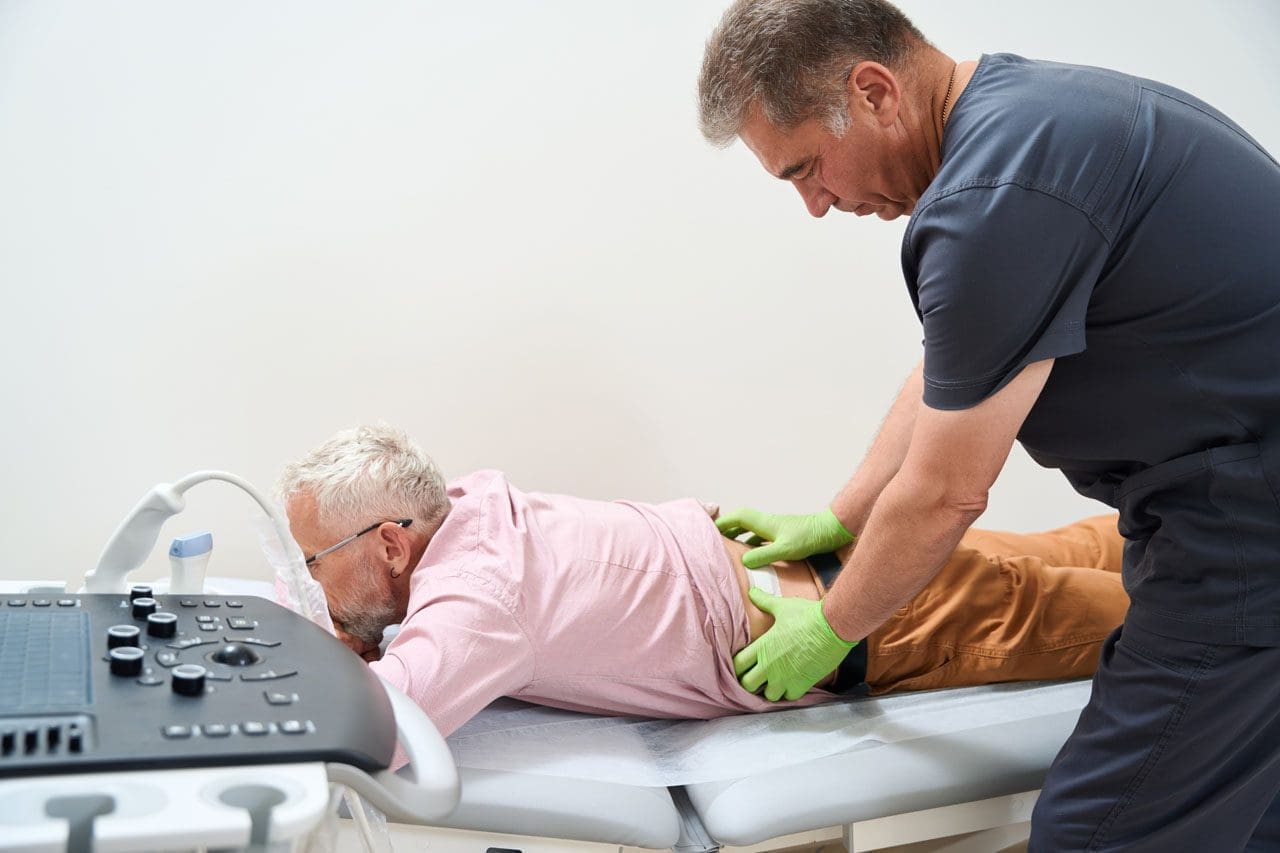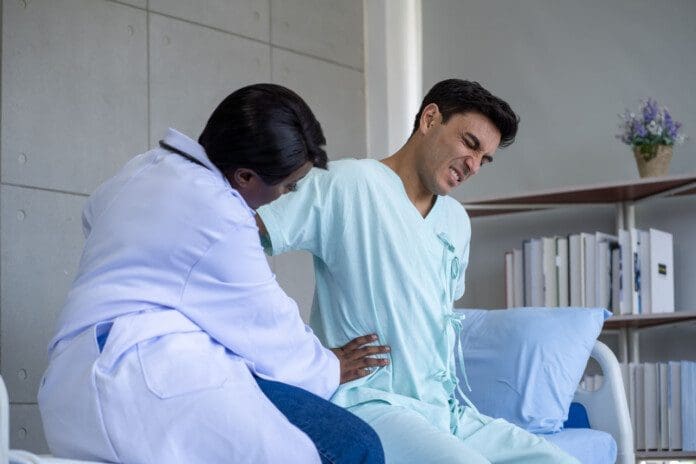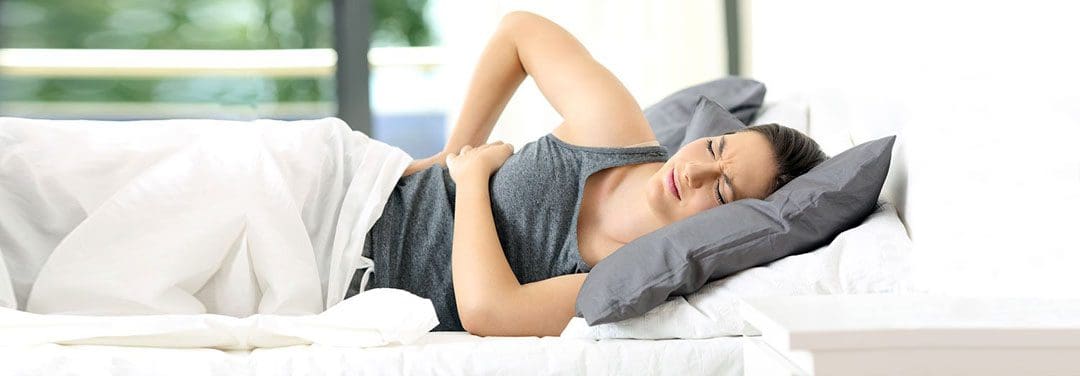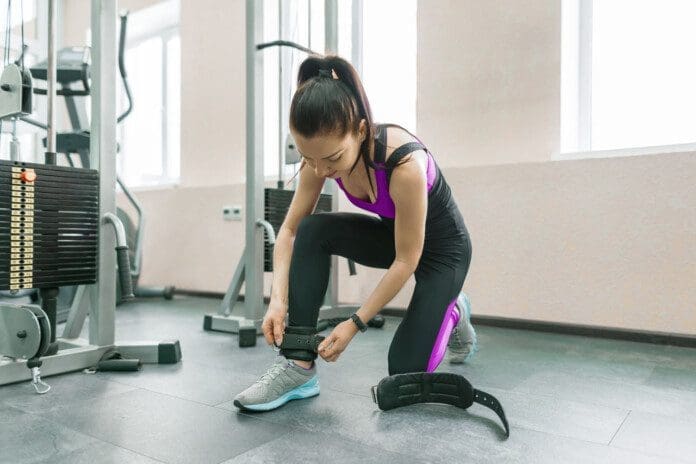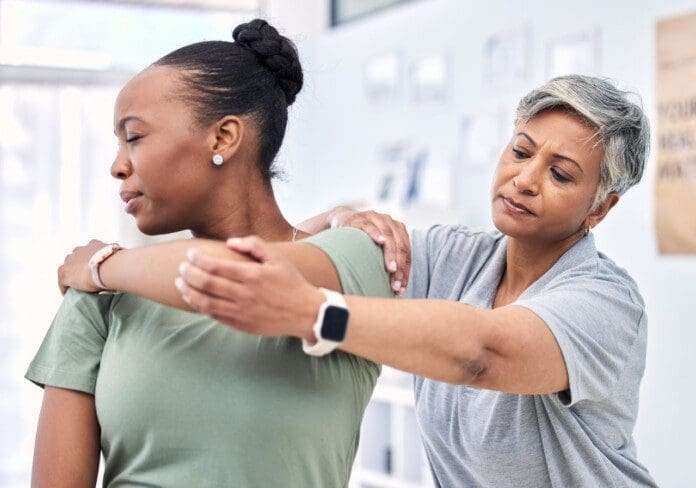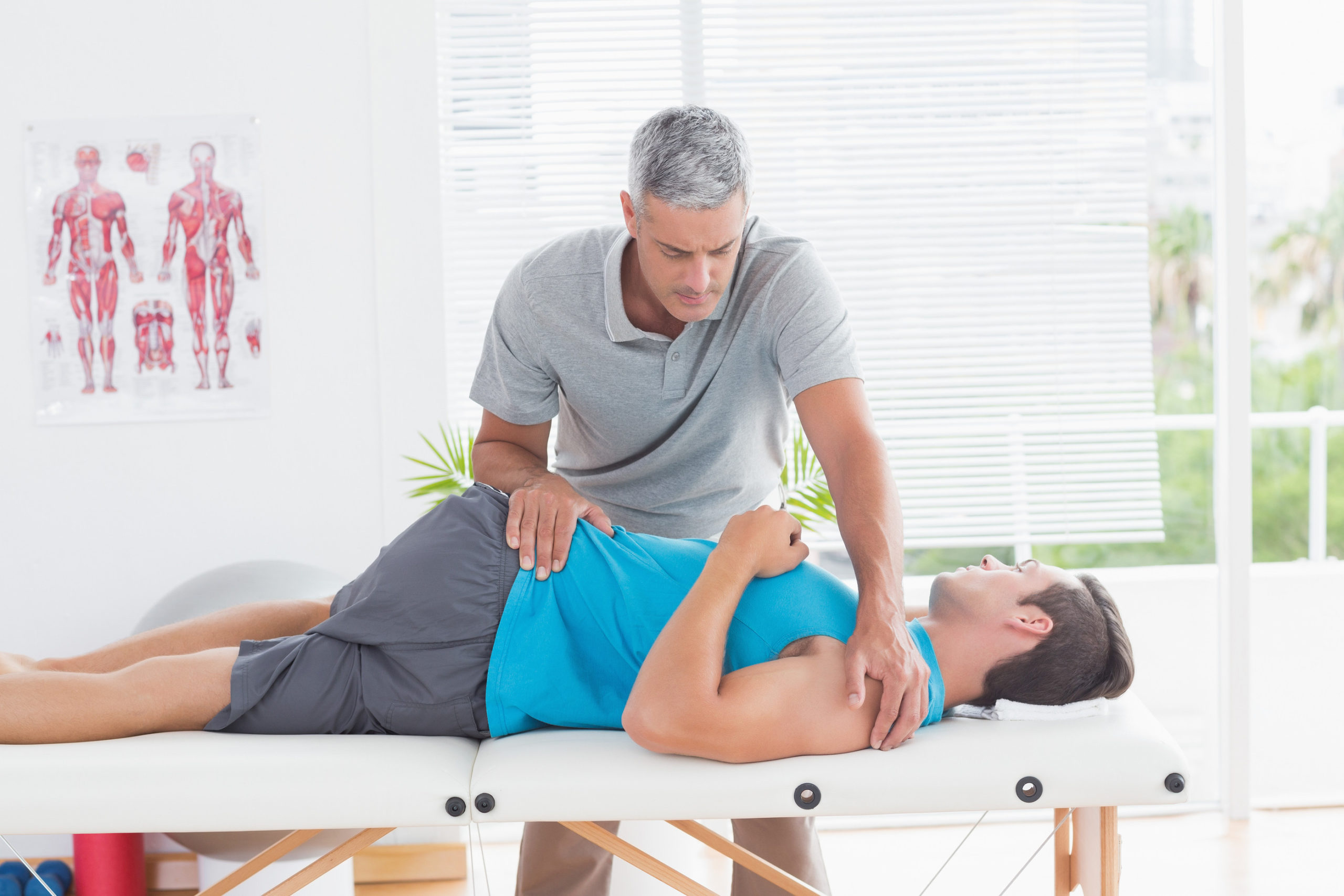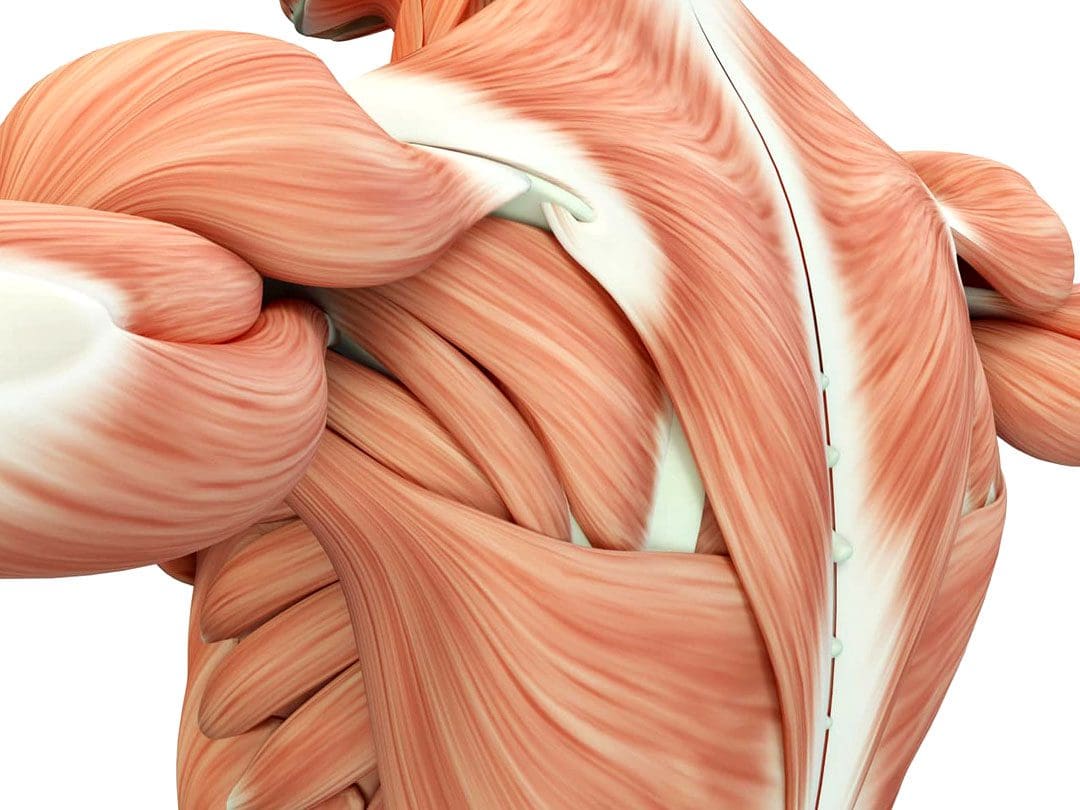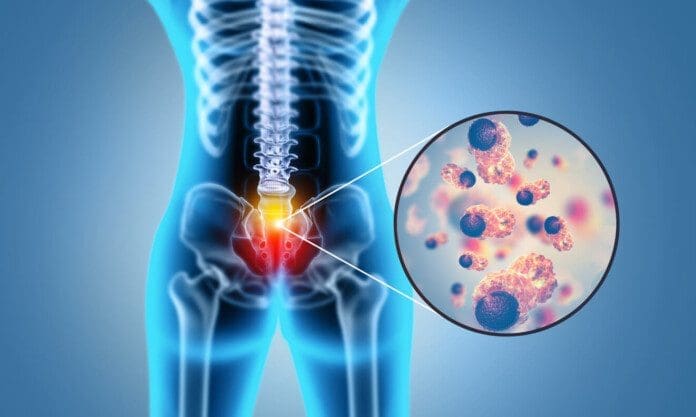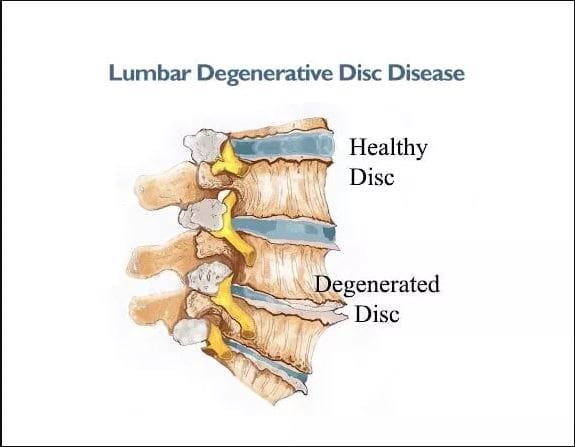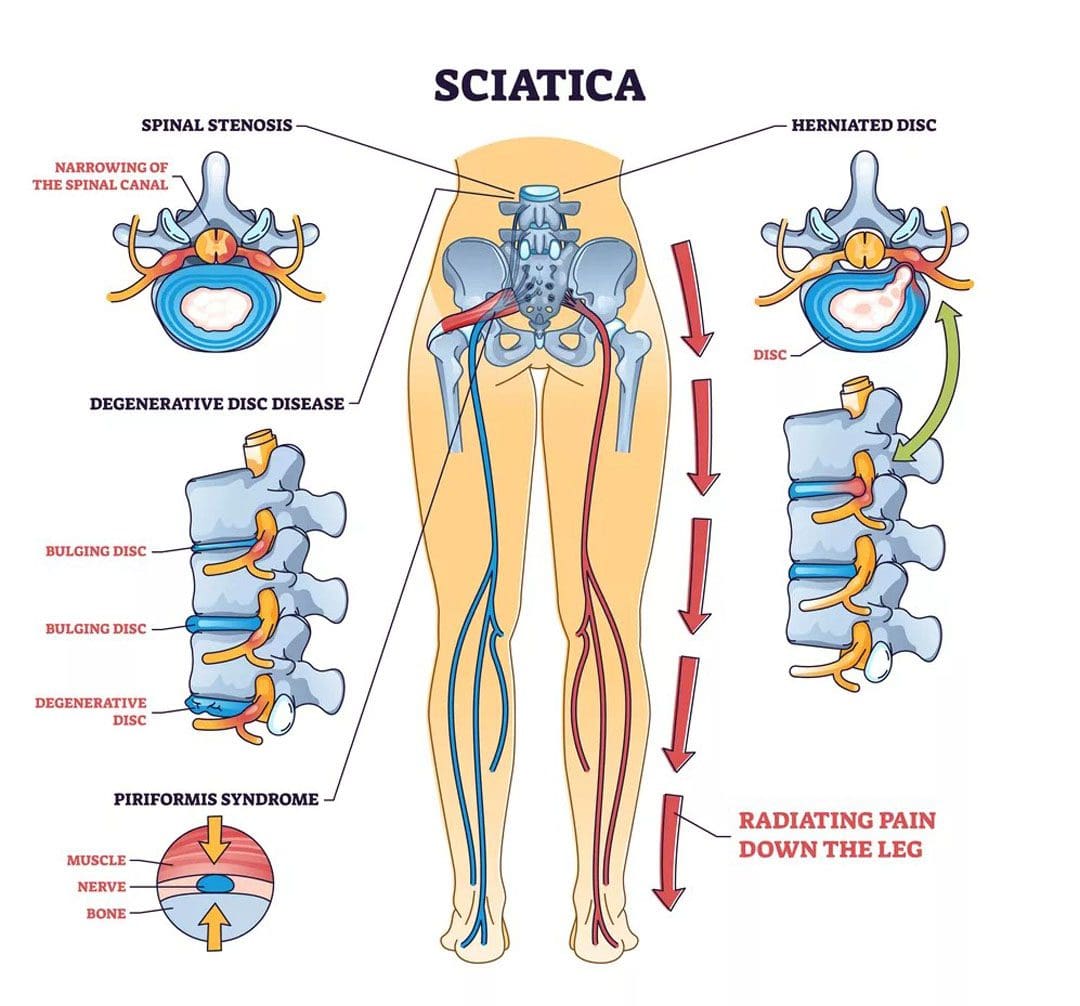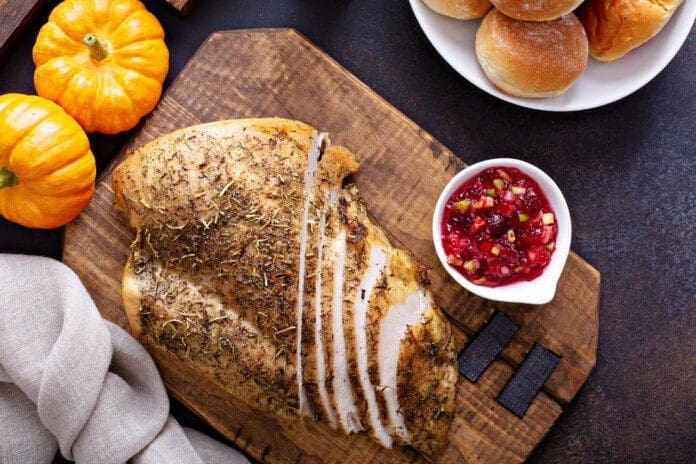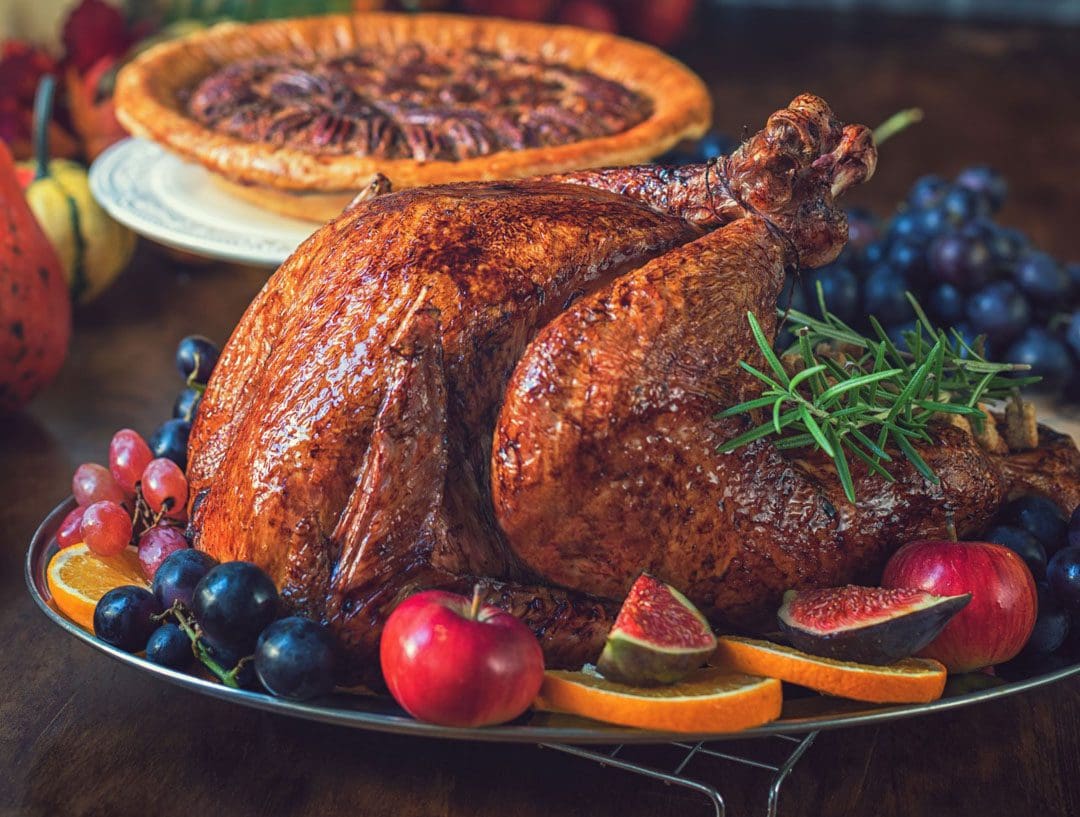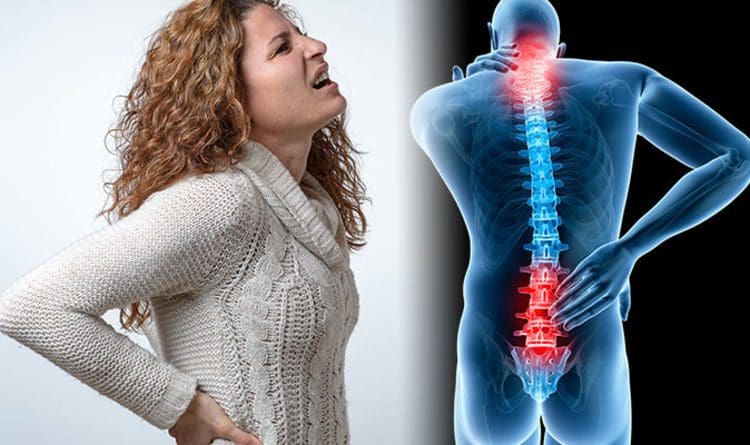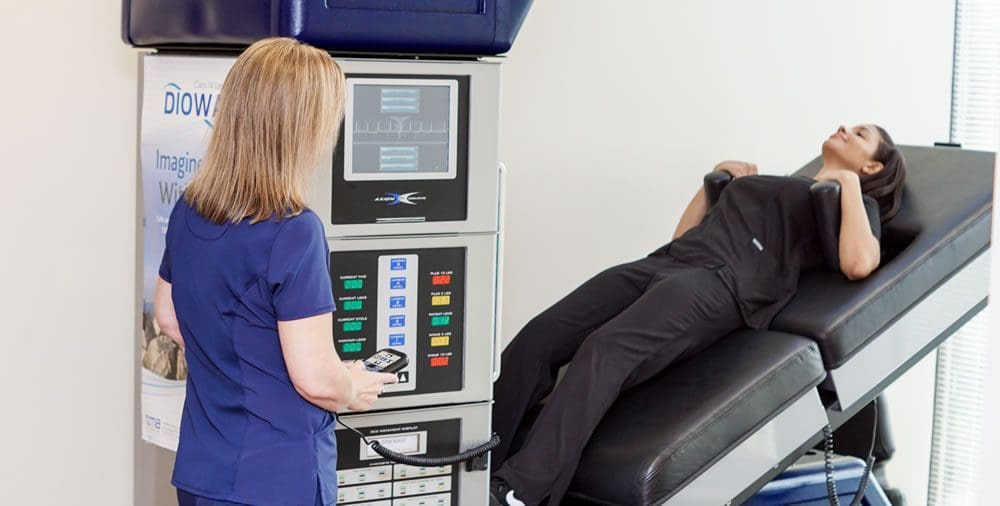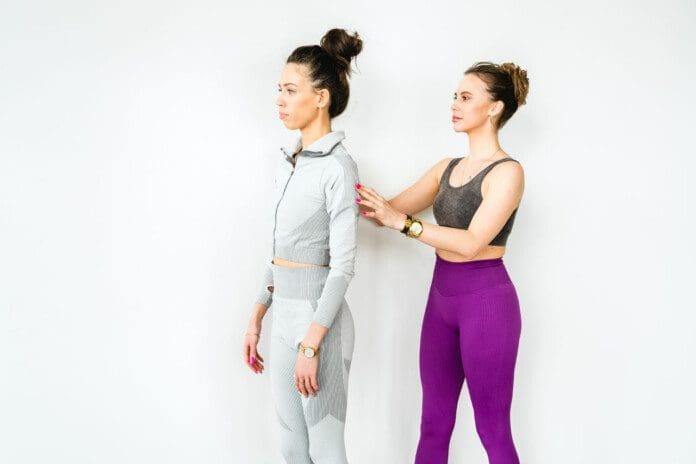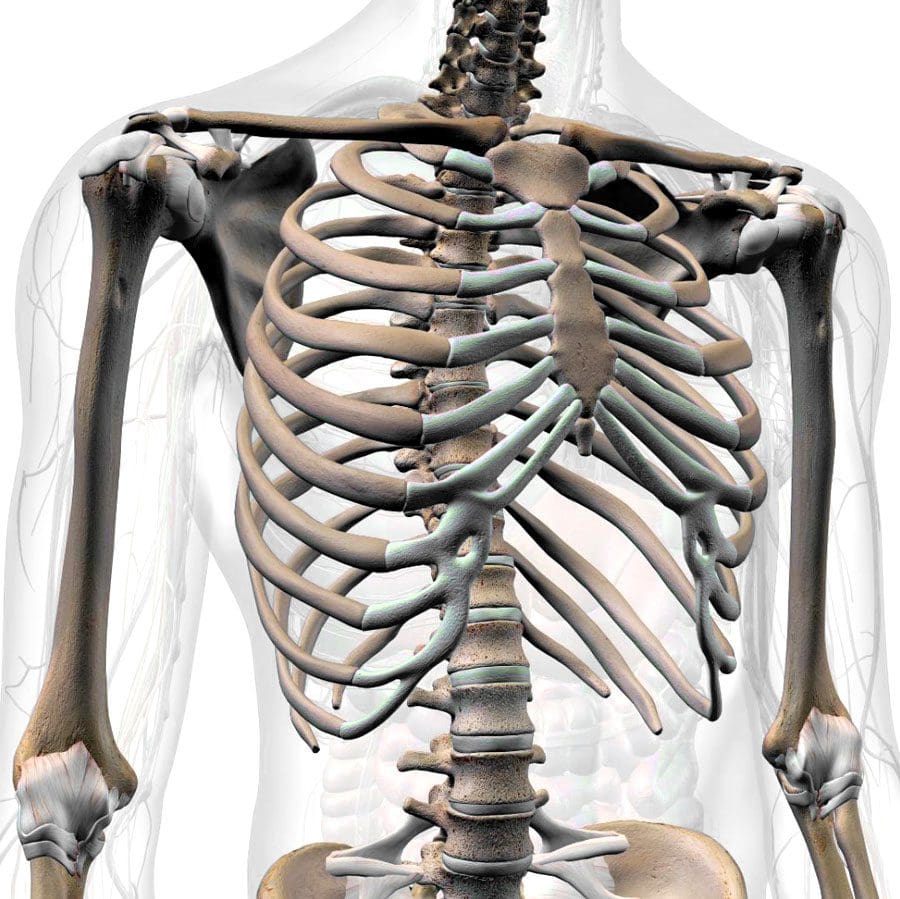“For individuals trying to optimize muscle growth, protein intake is essential. However, the body is limited by how much protein can synthesize to repair and grow muscles. Can knowing protein intake timing, amount, and how to best stimulate muscle growth help achieve better results?”
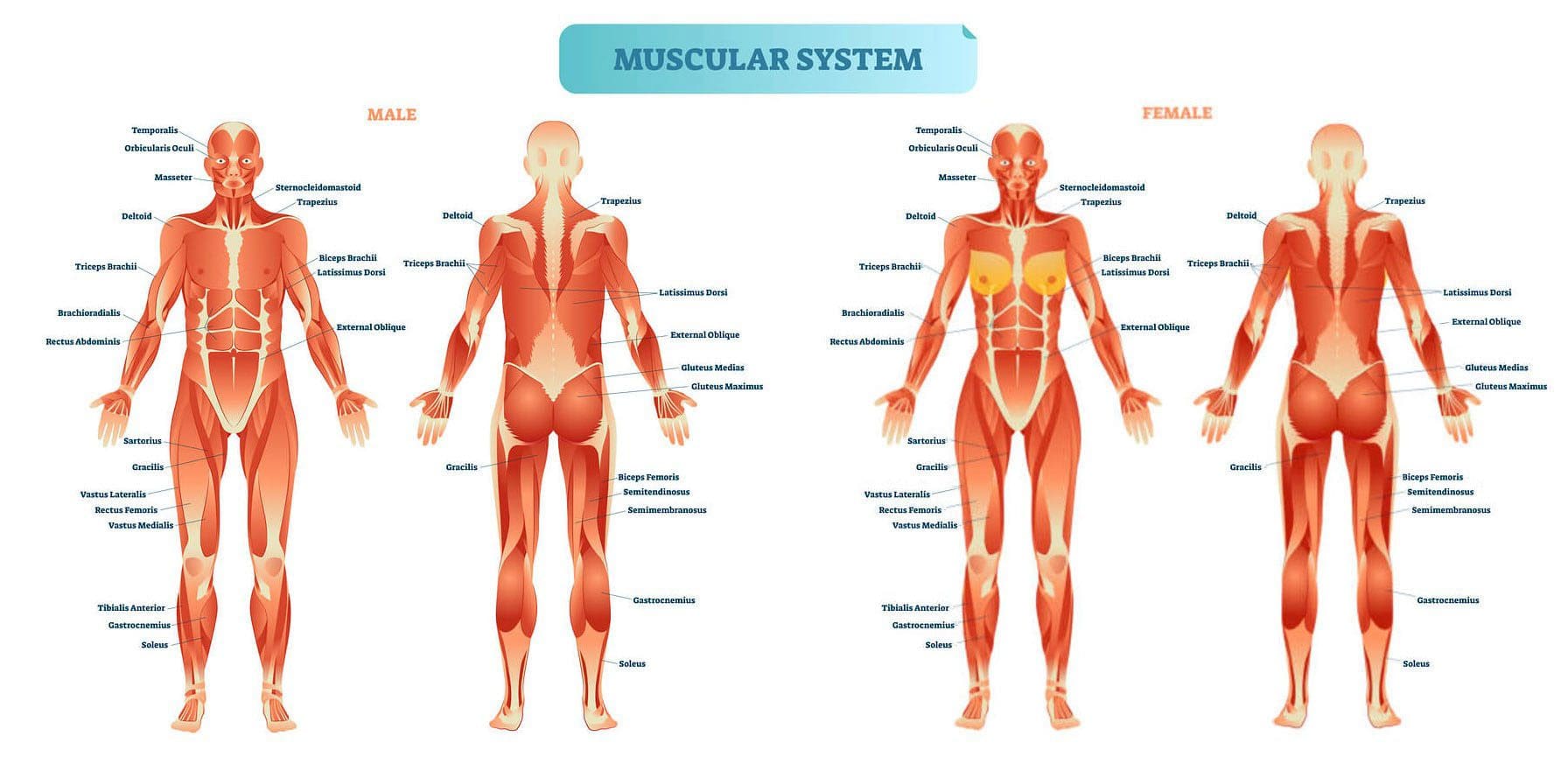
Table of Contents
Muscle Protein Synthesis
Muscle protein synthesis is a physiological process of producing new muscle protein and is an important component of how the body maintains and builds muscle. Muscle growth is achieved with resistance training and protein intake. (Tanner Stokes, et al., 2018)
How Protein Synthesis Works
Protein is the building block of muscles, while protein synthesis is a natural metabolic process in which protein is produced to repair muscle damage caused by exercise. This happens from amino acids binding to skeletal muscle proteins, increasing muscle size. It counteracts muscle protein breakdown (MPB) due to protein loss during exercise. The breakdown of muscles is a necessary part of building muscle. When damaged, muscles will build back larger, so long as enough calories and protein are consumed to repair and grow the muscles. Muscle protein synthesis can be enhanced by increasing protein intake immediately following exercise. Learning to stimulate muscle protein synthesis through exercise and diet can help accelerate muscle growth, expedite recovery, improve physical performance, and increase overall endurance. (Cameron J. Mitchell et al., 2014)
Effects of Exercise
Protein balance describes the relationship between muscle protein breakdown and muscle protein synthesis. When the body is in protein balance, no muscle growth or wasting occurs, and the individual is considered in a healthy state of biological equilibrium/homeostasis, also known as maintenance. To stimulate muscle growth, individuals need to shake up the protein balance. Although it may seem counter-intuitive, exercise can break down muscle protein, but not more than the amount of protein the body can synthesize. (Felipe Damas, et al., 2015) The more intense the workout, the greater the muscle protein synthesis, as the muscle breakdown stimulates the repair and growth of tissues. Scientists measure intensity by the one-repetition maximum – 1-RM – meaning the maximum weight an individual can lift for one repetition. According to a research study, workout intensities of under 40% of the 1-RM will not affect muscle protein synthesis. And intensities greater than 60% will double or triple muscle protein synthesis. (P. J. Atherton, K Smith. 2012)
Food Impact
The relationship between diet and protein balance is not so straightforward. Even with increased protein intake, muscle protein synthesis occurs for a specific period. This is because the body can only utilize a certain amount of the essential amino acids it receives, with anything more being broken down and excreted by the liver. Nutritionists recommend about 1.4 to 2.0 grams of protein per kilogram of body weight per day for building muscle and strength. (Ralf Jäger, et al., 2017) Enough protein can be obtained by focusing on dairy, eggs, lean meats, nuts, and legumes. It is also recommended to consume enough whole grains, healthy fats, fruits, and vegetables to help the body perform and repair properly. For example, carbohydrates are necessary for muscle building as they stimulate insulin release that supports muscle cell protein absorption. (Vandré Casagrande Figueiredo, David Cameron-Smith. 2013) A study looked into response rates in men prescribed 10, 20, or 40 grams of whey protein immediately following resistance training. Researchers noted the following results: (Oliver C. Witard et al., 2014)
- 10 grams of whey protein – No effect on muscle protein synthesis.
- 20 grams – Increased muscle protein synthesis by 49%.
- 40 grams – Increased the muscle protein synthesis by 56% but also caused the excessive accumulation of urea.
- Consuming 20 grams to 40 grams of whey protein after resistance training also increased other essential amino acids associated with lean muscle growth. (Lindsay S. Macnaughton et al., 2016)
- Whey protein is a fast-digesting protein.
- Increased results can be obtained by consuming slower-digesting protein throughout the day.
Muscle gains vary from person to person as everyone’s body is different. Individuals considering consuming protein beyond the recommended dietary intake should consult their doctor or a registered nutritionist to understand the potential benefits and risks.
Building A Stronger Body
References
Stokes, T., Hector, A. J., Morton, R. W., McGlory, C., & Phillips, S. M. (2018). Recent Perspectives Regarding the Role of Dietary Protein for the Promotion of Muscle Hypertrophy with Resistance Exercise Training. Nutrients, 10(2), 180. https://doi.org/10.3390/nu10020180
Mitchell, C. J., Churchward-Venne, T. A., Parise, G., Bellamy, L., Baker, S. K., Smith, K., Atherton, P. J., & Phillips, S. M. (2014). Acute post-exercise myofibrillar protein synthesis is not correlated with resistance training-induced muscle hypertrophy in young men. PloS one, 9(2), e89431. https://doi.org/10.1371/journal.pone.0089431
Damas, F., Phillips, S., Vechin, F. C., & Ugrinowitsch, C. (2015). A review of resistance training-induced changes in skeletal muscle protein synthesis and their contribution to hypertrophy. Sports medicine (Auckland, N.Z.), 45(6), 801–807. https://doi.org/10.1007/s40279-015-0320-0
Atherton, P. J., & Smith, K. (2012). Muscle protein synthesis in response to nutrition and exercise. The Journal of physiology, 590(5), 1049–1057. https://doi.org/10.1113/jphysiol.2011.225003
Jäger, R., Kerksick, C. M., Campbell, B. I., Cribb, P. J., Wells, S. D., Skwiat, T. M., Purpura, M., Ziegenfuss, T. N., Ferrando, A. A., Arent, S. M., Smith-Ryan, A. E., Stout, J. R., Arciero, P. J., Ormsbee, M. J., Taylor, L. W., Wilborn, C. D., Kalman, D. S., Kreider, R. B., Willoughby, D. S., Hoffman, J. R., … Antonio, J. (2017). International Society of Sports Nutrition Position Stand: protein and exercise. Journal of the International Society of Sports Nutrition, 14, 20. https://doi.org/10.1186/s12970-017-0177-8
Figueiredo, V. C., & Cameron-Smith, D. (2013). Is carbohydrate needed to further stimulate muscle protein synthesis/hypertrophy following resistance exercise?. Journal of the International Society of Sports Nutrition, 10(1), 42. https://doi.org/10.1186/1550-2783-10-42
Witard, O. C., Jackman, S. R., Breen, L., Smith, K., Selby, A., & Tipton, K. D. (2014). Myofibrillar muscle protein synthesis rates subsequent to a meal in response to increasing doses of whey protein at rest and after resistance exercise. The American journal of clinical nutrition, 99(1), 86–95. https://doi.org/10.3945/ajcn.112.055517
Macnaughton, L. S., Wardle, S. L., Witard, O. C., McGlory, C., Hamilton, D. L., Jeromson, S., Lawrence, C. E., Wallis, G. A., & Tipton, K. D. (2016). The response of muscle protein synthesis following whole-body resistance exercise is greater following 40 g than 20 g of ingested whey protein. Physiological reports, 4(15), e12893. https://doi.org/10.14814/phy2.12893






